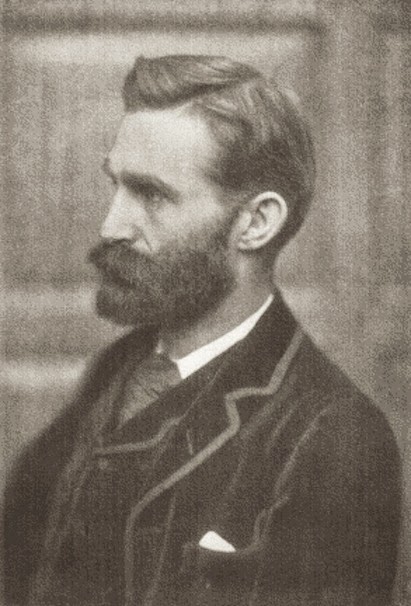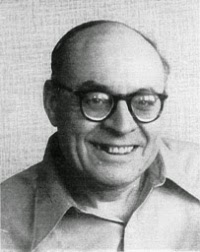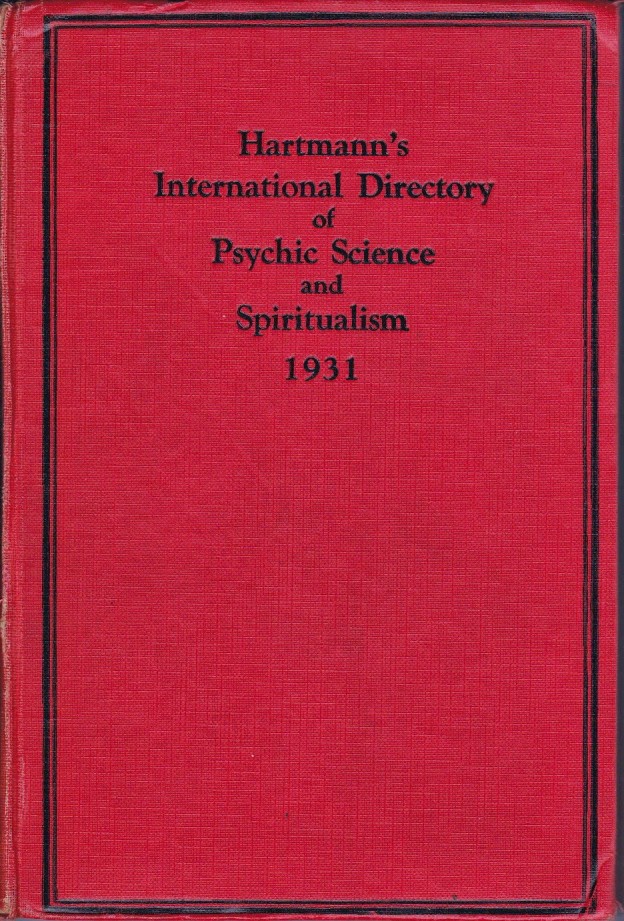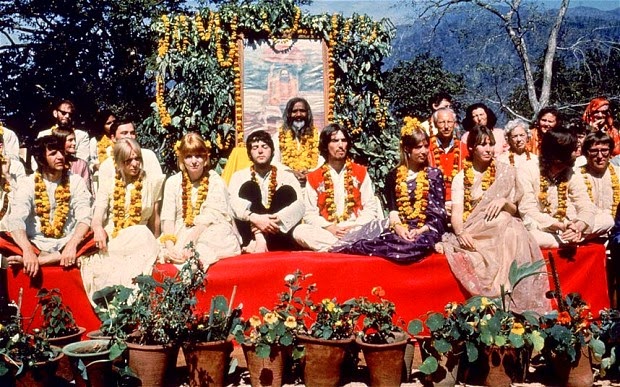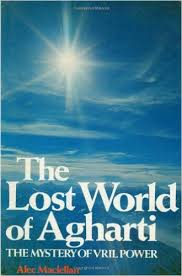 Found in the Peter Haining Archive ( though how it got there is anybody’s guess) is a letter addressed to Alec McClelland, author of The Lost World of the Agharti from someone called John Hanning-Lee.
Found in the Peter Haining Archive ( though how it got there is anybody’s guess) is a letter addressed to Alec McClelland, author of The Lost World of the Agharti from someone called John Hanning-Lee.
Bearing no year date ( but it must be dated after 1982, when The Lost World of Agharti appeared ) it urges McClelland to read Seth Speaks by the American psychic and author Jane Roberts (1929 – 84), who from 1964 received spirit messages from a male being called ‘ Seth’, whose pronouncements were later made the subject of a number of published works by Roberts collectively known as the ‘Seth material’. In his letter Hanning –Lee particularly focuses on the chapter in Seth Speaks devoted to the lost underground civilisation that predated Atlantis. Hanning-Lee describes the inhabitants and their civilisation thus:
‘They had blown up their own civilisation prior to that and the underground existence that followed was, of course, a reincarnational one. They excavated whole cities, by that I mean they excavated extensively so that their cities and communicating passages were entirely beneath the surface. The means of doing this was by means of sound vibrations where certain low notes sounded with power can cause a tunnel to form where there was solid earth. I suppose an analogy would be if you were to manipulate iron filings so that a path was formed through a mass of them placed on a sheet of paper and the paper tapped lightly. These ‘ caves ‘ they formed were, then, far more extensive than the ordinary idea of the word ‘cave’ and ran for miles, Their knowledge of the plates of the Earth’s crust and the science of earthquakes was almost certainly far superior to ours. Continue reading





